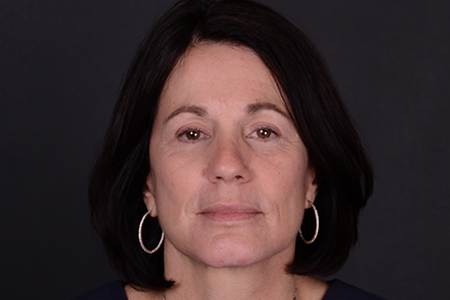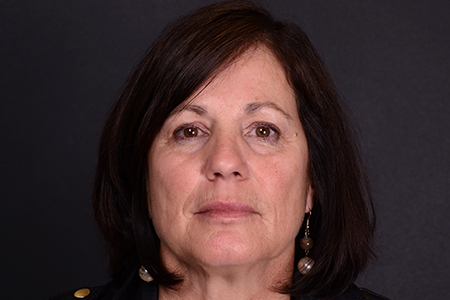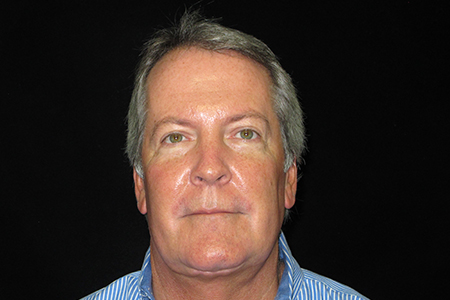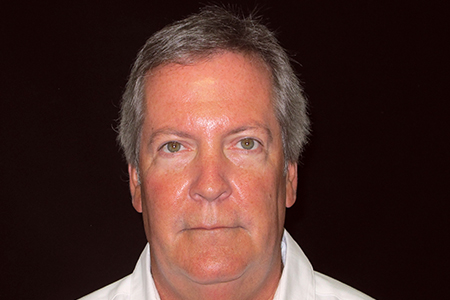Our face can tell the story of our lives, but as we age it might not be telling the story we want it to. Aging causes skin to lose elasticity and overall volume in our face, resulting in sagging skin, wrinkles, and jowls. That’s where a facelift can help. Also known as a rhytidectomy, a facelift improves the visible signs of aging in the face and neck by lifting and tightening the skin and the underlying tissues, resulting in a more youthful appearance.
By addressing the physical signs of aging, a facelift can help improve your self-esteem and confidence. Additionally, a facelift offers long-lasting results. While non-surgical treatments, like fillers and wrinkle relaxers, can be good for younger patients or to address issues before more significant signs of aging appear, their results don’t last as long compared to the lasting results of a facelift. A facelift can also help improve facial symmetry and enhance specific features, such as your cheekbones or jawline.
If you’re considering a facelift, we’re here to help you make an informed decision. Schedule a consultation now to learn more.
There are different types of facelifts we perform. The one that’s right for you will be determined during your consultation, based on your goals, general health, and additional relevant factors.
Well-suited for patients with a lesser amount of saggy skin, a mini facelift (also known as a limited incision facelift) uses smaller incisions hidden along the ear and hairline. It targets the bottom third of the face, improving the appearance of small lines, jowls, and loose skin. That being said, results are less dramatic compared to a full facelift.
The most commonly performed, a full facelift improves the appearance of the bottom two-thirds of the face (think cheeks down). Also called a traditional facelift, the skin is lifted and underlying tissues are tightened and repositioned. Fat is also often removed or repositioned. Excess skin is also commonly removed.
Usually done with a full facelift but also a stand-alone option, a neck lift minimizes jowls and loose skin under the chin and on the neck. Many patients choose to add chin liposuction to this procedure.
It’s important to understand that a facelift is a surgical procedure, and no two facelifts are the same because no two patients have the same face or goals. Also, additional procedures may be performed during your facelift, all of which will be discussed and made clear to you before your surgery.
While each facelift is unique, there are a few common steps for all of them.
Your facelift will be performed in our onsite surgical center, which many of our patients prefer over a hospital due to the increased privacy. Since you’ll be under anesthesia, it’s important you have a designated driver who can bring you to your surgery, stay through it, and get you home safely. You're caregiver will also need to stay with you after your procedure, and plan to drive you to your first post-operative office visit which will take place within a day or two of your surgery.
After your facelift, you’ll likely have a bandage around your face and possibly small tubes. These are to reduce swelling and drain any excess fluid or blood. We’ll provide specific instructions on how to care for your face post-surgery, including the drains and bandage. We’ll also advise you on the best way to take care of the bruising and swelling common after a facelift.
In terms of healing, patients typically feel a lot better four to five days after surgery, and are typically good to return to work and normal activities about two weeks later. Full recovery can take 3-6 months and sticking to our recovery instructions will give you the best results.
An ideal candidate for a facelift is someone who is generally in good health. In order to heal properly, it’s best if you’re a nonsmoker, because smoking restricts blood flow which can slow or limit healing. Age isn’t as much of a consideration, because people age at different rates — we consider candidates in their 40s, 50s, 60s and beyond. What’s more important is that your skin still has some elasticity.
Realistic expectations are also important in a candidate. A facelift cannot change the underlying structure of your face, so dramatic alterations to your appearance aren’t feasible.
 After
After
 Before
Before
 After
After
 Before
Before
Connect with our team now to find out if scheduling a consultation is the best next step for you!
Schedule nowDue to the unique nature of each facelift and additional procedures many patients undergo, the cost varies. That being said, we can give you an idea of what the average patient pays for a facelift.
Get an Estimate >A facelift can be an investment in yourself, and financing can help make that investment easier on your wallet.
Explore Financing >